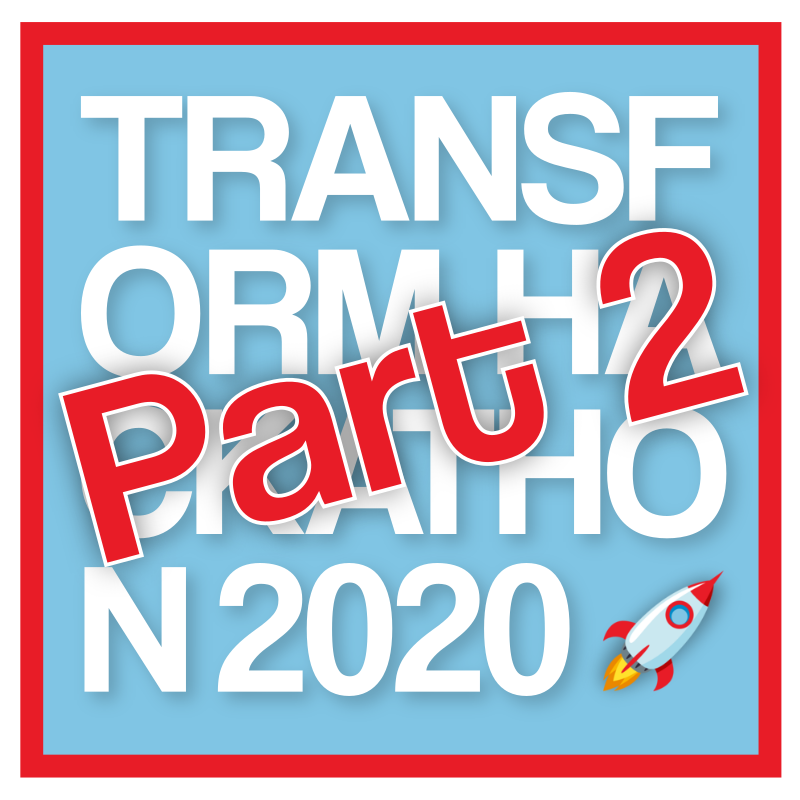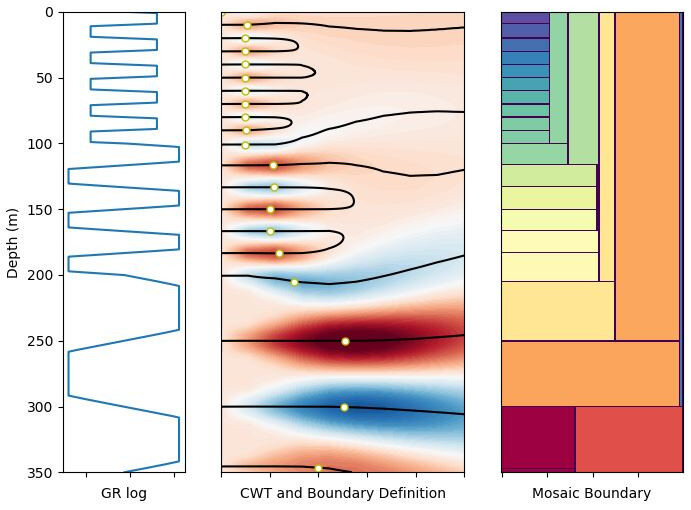On Friday we wrapped up the 2021 edition of TRANSFORM, the Software Underground’s annual virtual conference. We stuffed a hackathon, 21 tutorials, 20 lightning talks, and an annual general meeting into a week-long celebration of open subsurface code and data.
Many thanks to our sponsors — especially Studio X in Austin, Texas — and to all of the participants who donated to the conference this year. As a pay-what-you-like event, we depend on generosity to fund the things we do. In return, we are trying to bring some new superpowers to the community. So far, so good.
Just like last year, the event kicked off with a hackathon, which again lasted all week. The event saw 9 projects being worked on. this number included long-lived projects like Subsurface, GemGIS, SEGY-SAK and Striplogm as well as new projects looking at seismic footprint removal and well correlation, among other things. We’ll tell you all about these projects in the coming days.
The heart of the conference week itself was the 21 amazing tutorials — 33% more than we had in 2020! The instructors and presenters this year participated from all over the world:
The 29 instructors and 20 presenters this year came from all over the world.
We’re so fortunate to have scientists in our community that not only spend hours (years!) writing open source software for others to use, but then will also contribute open content to help others use it. Many, many thanks to our team of instructors:
Day 1: Ashley Russell (NOR), Claire Veillard (NOR), Florian Wagner et al (DEU), Anne Estoppey (NOR), Miguel de la Varga (DEU), Diana Acero-Allard (USA), Maria Cecilia Bravo (NOR), Michael Pyrcz (USA), Thomas Martin (USA).
Day 2: Tony Hallam (GBR), Lachlan Grose & Mark Jessop (AUS), Olawale Ibrahim (NGA), Øystein Klemetsdal (NOR), Nathaniel Jones (USA), Bane Sullivan (USA), Seogi Kang (USA).
Day 3: Jørgen Kvalsvik (NOR), Graeme Mackenzie (NOR), Edward Caunt (GBR), Steve Purves (ESP), Matteo Ravasi (SAU), Dewey Dunnington (CAN), Santi Soler (ARG), Irene Wallis (NZL), Katie McLean (NZL).
It wasn’t all Python either — one tutorial used R, another MATLAB/Octave — and we even had a tutorial in Spanish this year. We also had participants from well outside the usual petroleum-rich industries: geothermal, mining, hydrology, and technology were all represented. I hope we continue to see increased diversity in languages, industries, location, and in all dimensions.
The best thing of all, especially if you weren’t able to take part last week? Everything is on YouTube, so check it out, follow along, and learn some new tricks.
One of the really remarkable things this year was the prevalence of tutorials and hackathon projects that combined multiple software projects from the open subsurface stack (which was the goal of TRANSFORM all along). Several events combined two or more of GemPy, Devito, PyVista, Subsurface, segyio/SEGYSAK, or lasio/welly/striplog. It’s exciting and encouraging to see, and signals a new level of maturity among these tools. The future for the open subsurface stack looks bright.
Thank you to the organizing team — Dieter Werthmuller, Ashley Russell, Irene Wallis, Brendon Hall, Rob Leckenby and Sofiyah Mokhtar — for helping pull everything together.
And thank you to everyone that participated in TRANSFORM 2021. I hope you learned something new, and met someone interesting. Please tell your friends and come back next year!
















